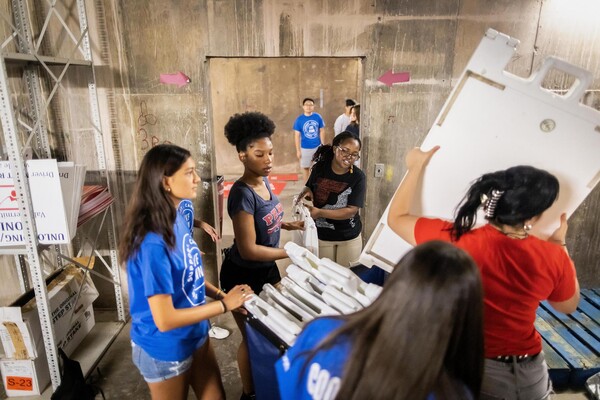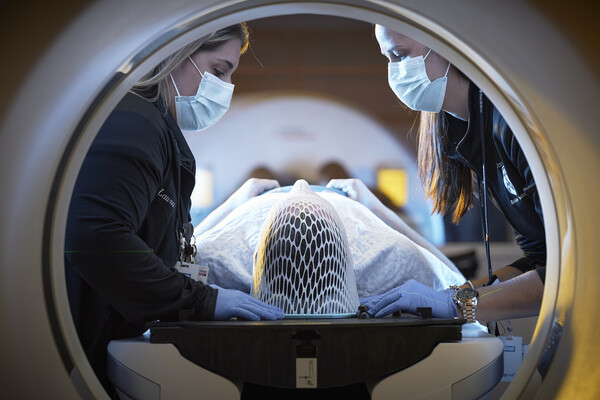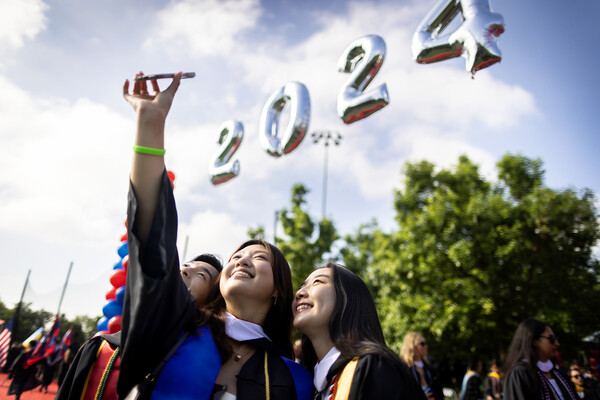Beyond ideology
Under what, if any, conditions can the life prospects of today's inner-city poor children be improved, and how, if at all, can we foster these conditions?
Based on four years of research and direct observation, I believe that supporting inner-city churches, synagogues, mosques and other faith-based grassroots organizations that perform youth and community outreach tasks is a necessary and vital - but insufficient - condition for repairing the social fabric of truly disadvantaged urban neighborhoods.
"Supporting inner-city churches" means supporting clergy and volunteers at the street level whose faith in inner-city children is manifest not just in compassionate words but in daily works. It means identifying and "lifting up" the unsung people of urban faith communities who monitor, mentor and minister to the basic needs of the poorest of the urban poor.
It means studying, assisting and helping fund those whose religious witness is spoken in daily deeds of dedication to helping the inner-city young avoid violence, achieve literacy, access jobs and otherwise reach adulthood. It means standing by people who, though motivated by religious sentiment, work mainly on behalf of children who are not themselves "churched."
Not alone
Of course, religious institutions alone cannot reasonably be expected to cure America's social and civic ills. But there is growing empirical evidence that in cities from Boston to Austin, Philadelphia to Los Angeles, faith-based community-outreach efforts can be supported and taken to scale in ways that transform individual lives, revitalize neighborhoods, reduce poverty, prevent violence, improve educations or yield other morally desirable social consequences.
Hopes for child-focused outreach partnerships among corporations, philanthropies, government agencies, secular non-profits and inner-city faith communities are strengthened by what appears to be a growing tolerance for religion in the public square. Belief in God remains the norm in America, with levels of belief ranging between 94 percent and 99 percent over the past five decades. Black Americans are in many ways the most religious people in America. Some 82 percent of blacks (versus 67 percent of whites) are church members; 82 percent of blacks (versus 55 percent of whites) say that religion is "very important in their lives;" and 86 percent of blacks (versus 60 percent of whites) believe that religion "can answer all or most of today's problems."
Churching of America
Likewise, since the end of the Second World War, we have witnessed what has been aptly described as the "churching of America," resulting by the mid-1990s in a nation with an estimated half-million churches, synagogues and mosques; 2,000 or more religious denominations; and an unknown number of independent churches. People who attend services once a week or more are approximately twice as likely to volunteer as those who attend rarely if ever. As numerous surveys have documented, churches and other religious bodies are the major supporters of voluntary services for neighborhoods and communities.
In 1996, in what was an otherwise badly flawed welfare-overhaul law, Congress enacted the so-called Charitable Choice provision, which encourages states to utilize faith-based organizations in serving the poor and needy; requires religious organizations receive contracts, vouchers and other government funding on the same basis as any other non-governmental provider; and protects the religious integrity of faith-based organizations willing to accept government funds.
But we are only beginning the search for effective ways to support efforts for poor inner-city children. It is not, however, too soon to give witness that supporting those religious persons who are living out their faith among "the least of these" is one promising path "beyond ideology" and toward a new civic and political vision.
John J. DiIulio Jr. (C/G '80) will give the keynote address at the 1998 Steinberg Symposium, "Discovering Hope for America's Cities," in the Harrison Auditorium at the University of Pennsylvania Museum, 3 p.m. Nov. 17. He is professor of politics and public policy at Princeton University.







